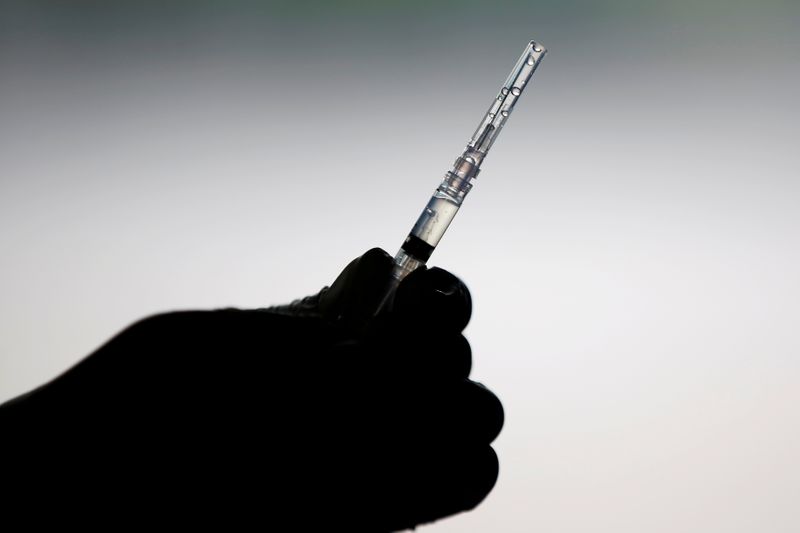(Reuters) -The risk of Bell’s Palsy, a type of facial paralysis, is higher after Sinovac Biotech Ltd’s COVID-19 vaccine CoronaVac, but should not be a deterrent to vaccination, according to a study published in The Lancet Infectious Diseases journal.
“The beneficial and protective effects of the inactivated COVID-19 vaccine far outweigh the risk of this generally self-limiting adverse event,” the study mentioned.
The study involved 28 clinically confirmed cases of Bell’s Palsy after Sinovac’s CoronaVac shot reported among nearly 452,000 individuals who received first dose of the vaccine, and 16 cases after Pfizer/BioNtech’s vaccine detected from more than 537,000 individuals.
“Our findings suggest an overall increased risk of Bell’s palsy after CoronaVac vaccination,” according to the study.
The study performed in Hong Kong assessed the risk of the adverse event within 42 days of vaccination.
The mechanism of Bell’s palsy in patients after vaccination is unclear, the study acknowledged, calling for further investigation.
“Bell’s Palsy after vaccination is rare, and most symptoms were mild and got better on their own,” Sinovac representative Liu Peicheng said in an written response.
Liu said Sinovac has not detected Bell’s Palsy risk in its analysis of data from Chinese disease control authorities, the Uppsala Monitoring Centre of the World Health Organisation, or its unit’s database for adverse events after immunization.
“According to the current data, the benefits and protection of CoronaVac far outweigh the possible risks,” Liu said. “The public should be fully vaccinated in time with CoronaVac to prevent COVID-19 infection and block virus transmission.”
(Reporting by Aishwarya Nair in Bengaluru, Roxanne Liu and Ryan Woo in Beijing; Editing by Rashmi Aich and Gerry Doyle)

























